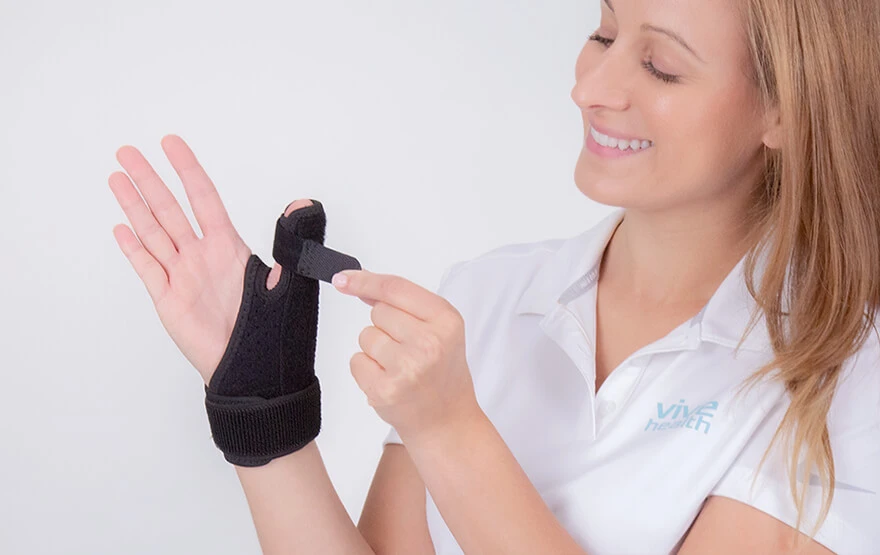De Quervain’s tendinosis is an excruciating swelling, or inflammation, of detailed ligaments of the thumb. The problem is also known as de Quervain’s tenosynovitis or de Quervain tendinitis. DeQuervain’s was called after the Swiss cosmetic surgeon that initially described the problem in 1895.
Tendons are bands of cells that attach muscle to bones. Usually, tendons slide conveniently via a passage of cells called a sheath. The sheath keeps the ligaments in position next to the bones of the thumb. Ligaments that easily move through their sheaths permit the thumb to relocate without discomfort or difficulty. The pain may expand from the forearm to the thumb base.
Any kind of swelling of the ligaments and/or enlarging of the sheaths causes rubbing. The tendons can no longer conveniently glide via their sheaths. When this occurs, specific thumb, as well as wrist activities become more difficult to do.
How usual is de Quervain’s tendinosis?
De Quervain’s disease [เอ็น ข้อ มือ อักเสบ, which is the term in Thai] is amongst the most typical kinds of ligament lining swelling. This problem affects women eight to ten times regularly than guys.
What triggers de Quervain’s tendinosis?
De Quervain’s tendinosis can be triggered by a number of factors, including:
- Overuse
- Repetitive grasping
- A direct strike to the thumb
- Inflammatory problems, including joint inflammation
Tasks that call for a sidewise activity of the wrist while you are clutching with the thumb can exacerbate this problem. Leisure activities as well as sporting activities that utilize this movement consist of:
- Lifting little ones
- Racquet sporting activities, such as racquetball, tennis
- Gardening
- Winter sports
- Utilizing a hammer
Frequently, the exact cause of de Quervain’s tendinosis is unidentified.
What are the signs of de Quervain’s tendinosis?
Symptoms of de Quervain’s tendinosis can consist of:
- Discomfort and inflammation alongside the wrist on the thumb side
- Discomfort that appears suddenly or develops over time
- Discomfort becomes worse as you utilize the hand and thumb
- Pain that travels into the thumb or from the wrist to the reduced arm or lower arm
- Feeling snapping or popping feeling in the wrist when moving the thumb.
- Discomfort or difficulty when moving the thumb, particularly when grasping or pinching items















